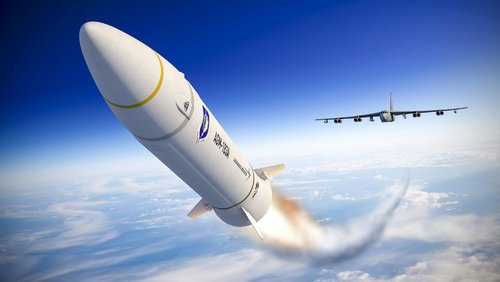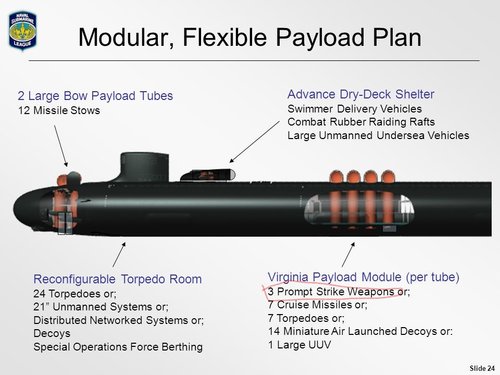Although hypersonic missiles are a top modernization priority for the Pentagon, there are no efforts underway to arm such weapons with nuclear warheads, according to a Department of Energy leader.
“We are currently not undertaking a nuclear hypersonic [project], unlike other nations,” Lisa Gordon-Hagerty, undersecretary of energy for nuclear security, told reporters Nov. 7 in Washington, D.C. Gordon-Hagerty also serves as the administrator for the National Nuclear Security Administration, which is responsible for maintaining and overseeing the U.S. nuclear weapons stockpile.
To counter great power competitors such as Russia and China, the Defense Department has marked hypersonic weapons as its No. 1 research-and-development priority. The systems will be capable of traveling at speeds of Mach 5 or faster and be highly maneuverable, making them difficult for enemy air-and-missile defenses to defeat.
Beijing and Moscow have publicly stated their intentions to field these types of weapons and are ramping up their R&D efforts.
But unlike the United States, both governments have acknowledged that they are pursuing hypersonic missiles that are nuclear-capable. For example, Russian state media such as Sputnik News has reported that Moscow’s Kinzhal air-launched missile system is able to carry both nuclear and conventional warheads. The Congressional Research Service has noted that Russia and China may field an operational hypersonic glide vehicle by 2020.
Gordon-Hagerty said the National Nuclear Security Administration has no current studies underway to examine the possibility of adding nuclear payloads to U.S. hypersonics.
“We were studying it in the ‘80s and in the past,” she said. “There's not a current study.”
Because the United States is focusing on conventional payloads, its weapons will need to have “greater accuracy and will be more technically challenging to develop than nuclear-armed Chinese and Russian systems,” CRS stated in its September report, “Hypersonic Weapons: Background and Issues for Congress."











